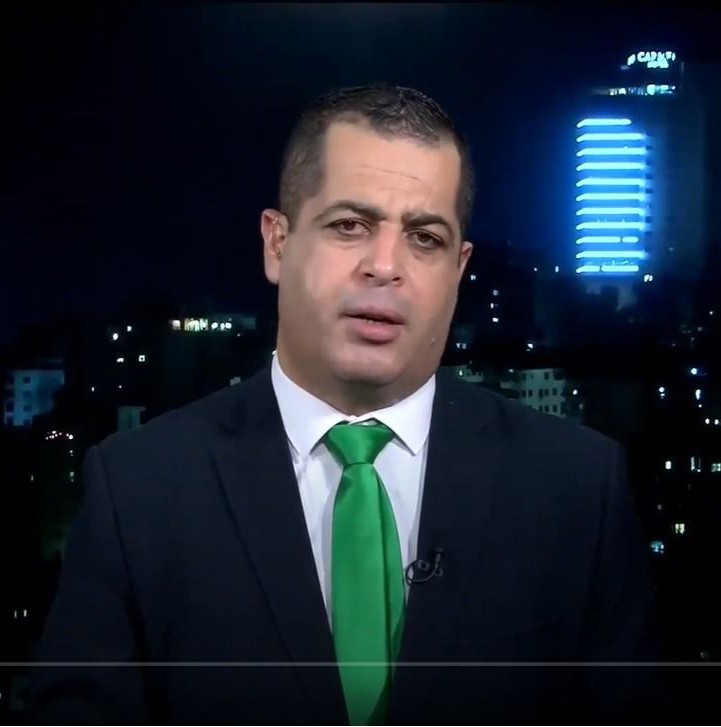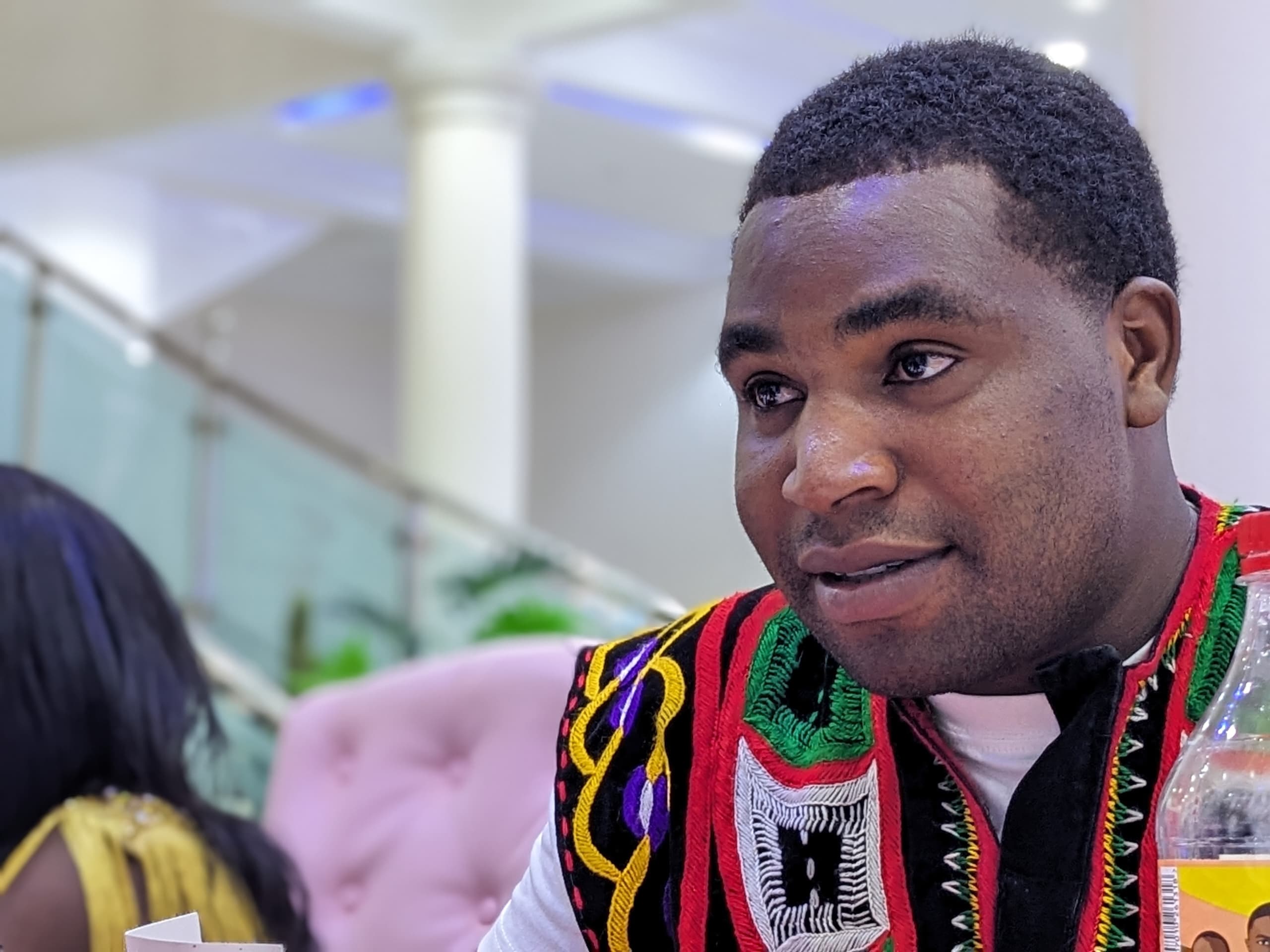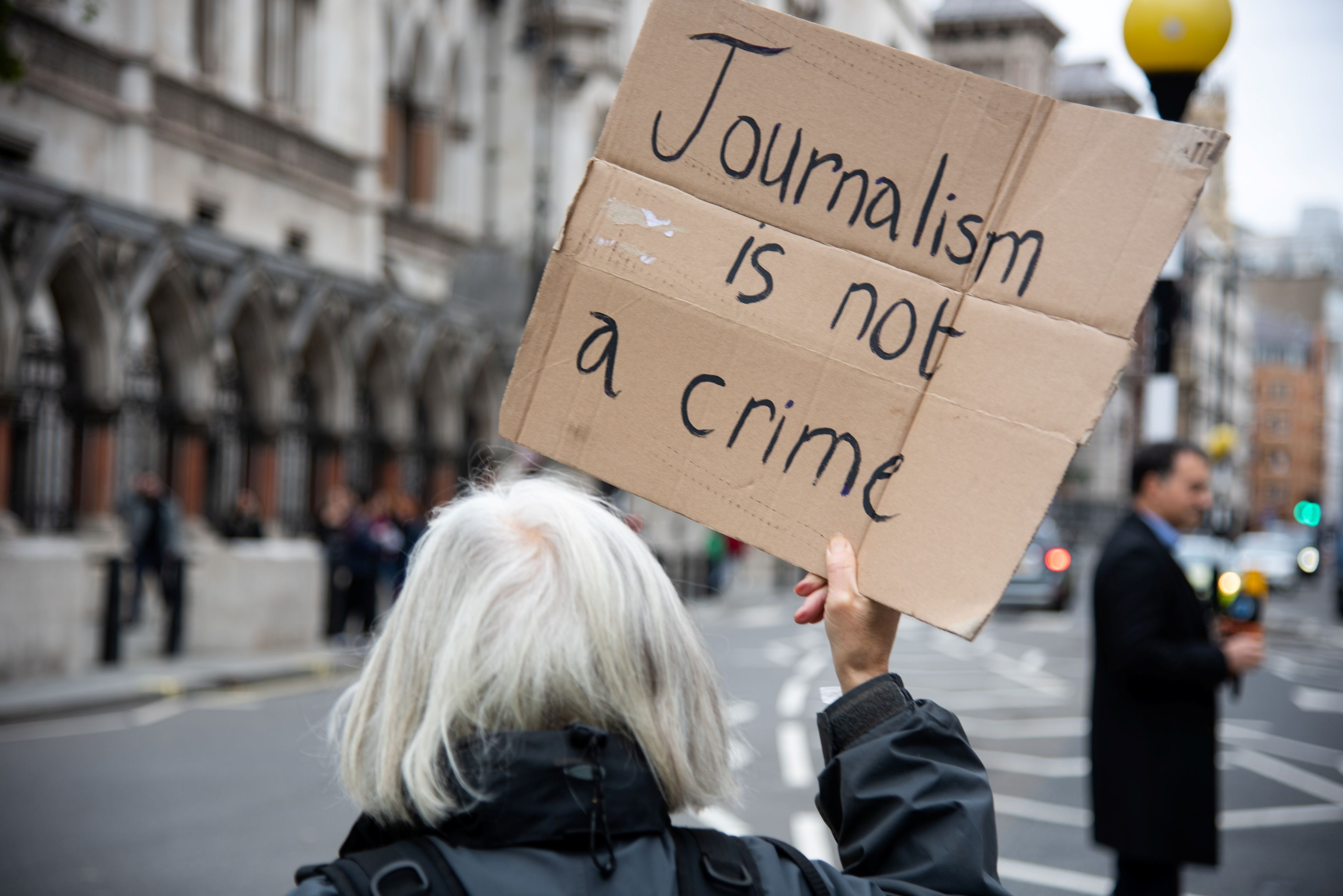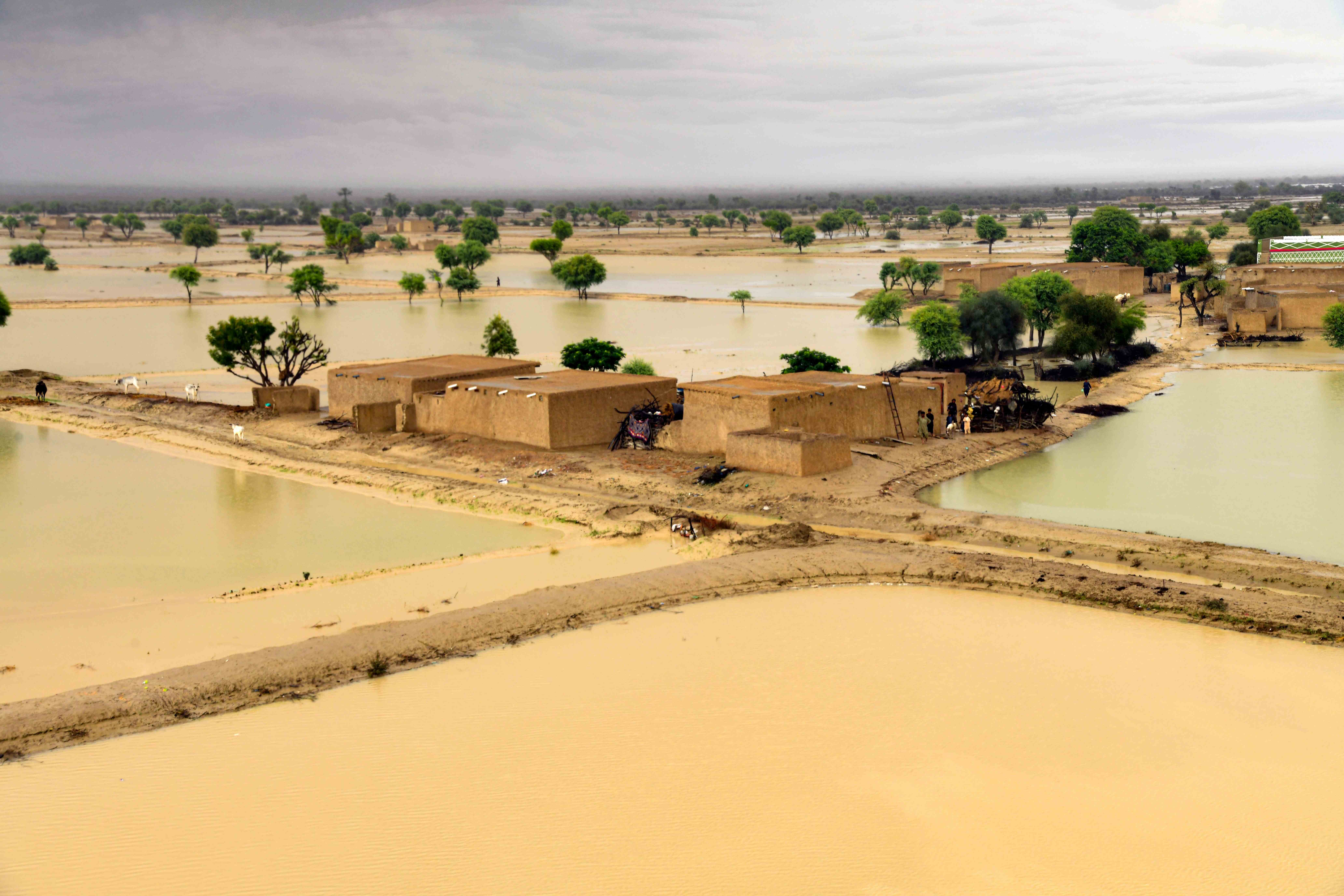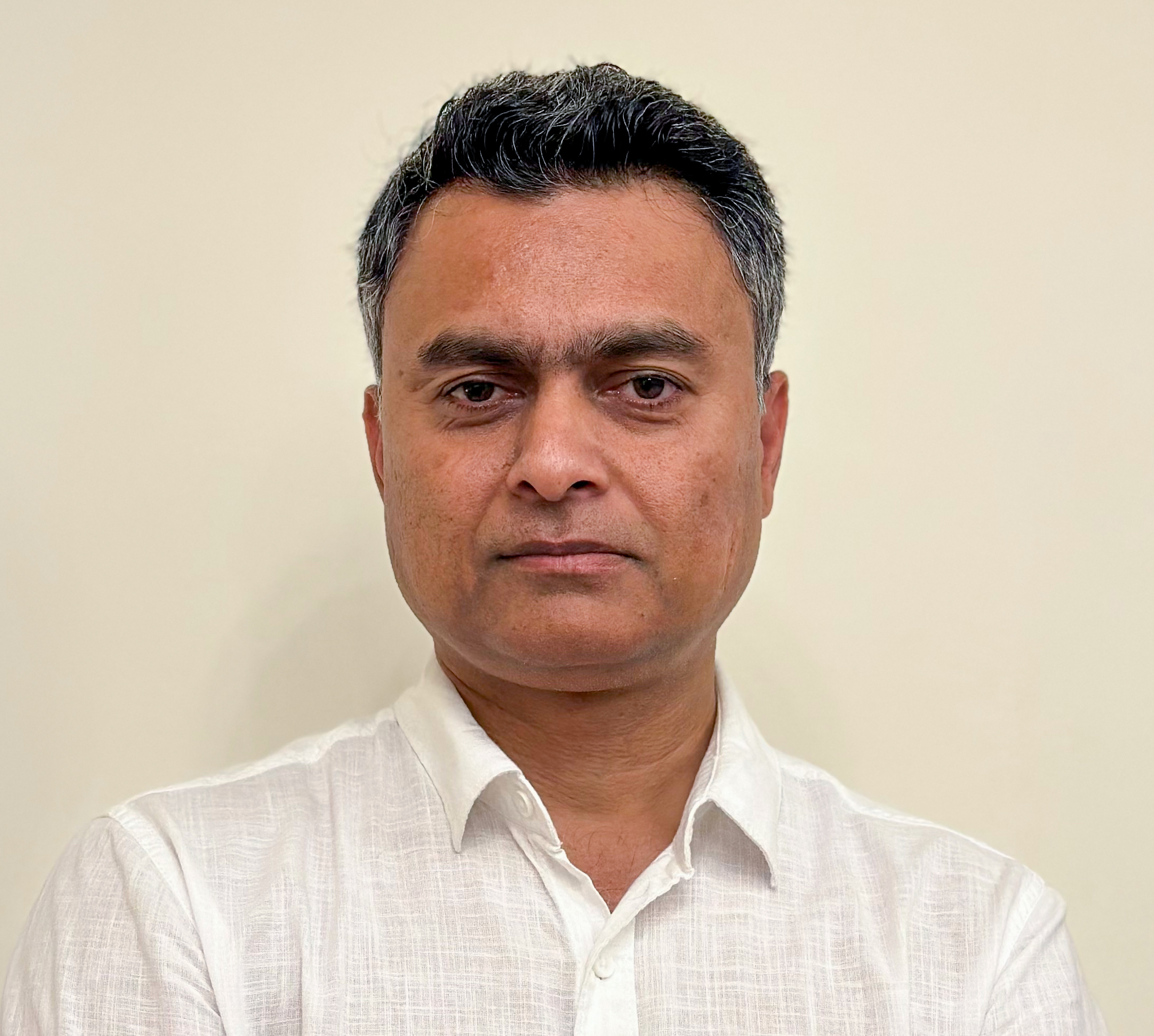This article was originally written in Arabic and translated into English using AI tools, followed by editorial revisions to ensure clarity and accuracy
A study conducted on 12,000 American adults revealed that two-thirds feel “exhausted” by the overwhelming volume of news they receive. Why is the public feeling drained by the news? Are audiences actively avoiding it, and at what psychological cost? Most importantly, how can the media rebuild trust and reconnect with its audience?
News fatigue is psychological exhaustion from too much information, specifically from an overload of content from traditional media and social media platforms. While this phenomenon is not new, it has significantly increased over the past decade. News fatigue has many causes, according to Hussman School of Journalism researcher Heesoo Jang:
First: The Internet
Before the Internet, people got a decent amount of news from traditional media and enjoyed it when they had time. However, the Internet has reduced the cost of producing news and made its broadcast and distribution more manageable, so the audience feels like it has been exposed to a lot of news because it is constantly connected.
Second: Social Media Platforms
This is an essential cause of news fatigue and perhaps more dangerous than the Internet. They were initially designed to keep people connected to them all the time, and they always urge people to stay connected and attached to them so that they do not miss anything.
Third: Continuous Scrolling on Some Platforms
Some platforms allow continuous scrolling and moving from one content to another almost endlessly, such as TikTok and Instagram, which seems to be designed to give the user the impression that there is no end to the materials he consumes, to the point where he reaches what can be called saturation and feels exhausted from following these platforms.
Journalists and experts worry about declining media trust, according to Jang, a digital platforms and technology expert. Due to public distrust of the media, they become bored and exhausted by their worthless content. News fatigue occurs when the recipient’s body and mind remind them that they’ve consumed a lot of information and need a break before consuming more.
News fatigue can become a problem when it turns into what is known as news avoidance. News avoidance means that the user, due to being tired from the flow of news, avoids it altogether and thus may not access the information they need, which may be essential to their daily life and health.
According to Jang, news fatigue can become a problem when it turns into what is known as news avoidance. News avoidance means that the user, due to being tired from the flow of news, avoids it altogether and thus may not access the information they need, which may be essential to their daily life and health. Therefore, effective management of news fatigue prevents it from turning into a news avoidance disease, which has a negative impact on people’s lives.
What is the Solution?
It may be difficult because young people and even older people use social media. Still, you can take a break from the Internet and social media and compensate with other spaces and activities.
On July 3, 2022, the Athens Journal of Media and Communication reported that 66% of 12,000 American adults surveyed by the American Pew Research Centre before the Corona pandemic in 2019 were “exhausted” by the amount of news they received.
Neill Fitzpatrick, the study’s author, cited a Pew Research Centre survey from April 2020 that found 71% of American adults need to “take breaks from the news of the Coronavirus.”
In its “Mental Health Tips” section, Fitzpatrick said the World Health Organisation addressed concerns about the news attack. The organisation recommends: “Try to limit the amount of news you watch, read, or listen to that makes you feel anxious or distressed.” The researcher notes that more people are following this advice and reducing their news consumption, and some have stopped receiving news to cope.
A Profession Under Siege
A book titled ‘Avoiding the News: Reluctant Audiences for Journalism’ aims to address the phenomenon of news avoidance by addressing the reasons behind declining news consumption and interest. The authors argue that avoiding news is not just a response to content but also shaped by personal beliefs and tools. They suggest that addressing news avoidance requires more content and easier access, as news avoiders struggle to distinguish between professionally produced journalism and other information. They also suggest a public relations effort across the profession to change people’s perceptions of the work of journalists. Three professors published the book in late 2023 and early 2024.
While not a new phenomenon, scepticism surrounding journalism has been exacerbated during the coronavirus pandemic, as anti-vaccination advocates and conspiracy theorists have questioned the veracity and accuracy of facts about COVID-19, the information provided by news organisations and even governments.
Society needs journalism, but it might not be possible to convert all news-avoidant citizens into news seekers. The authors said that journalists and news organisations should seek ways by which their profession can survive and thrive again. To explain the news avoidance, they use the ‘oyster problem,’ which refers to people who do not like raw oysters but will not select them even if they are offered free in a cafeteria or gourmet dining hall.
In other words, the path dependencies – social identities, ideologies, and the users’ relations with media platforms and infrastructures – partly constitute the determinations of chronic news avoidance. It is not possible to solve news avoidance by rendering news more trustworthy and less harmful or by publishing less news.
As for the respondents who reported that they did not attend news regularly, they were more likely from less advantaged positional groups, including gender, age, and economic status. News avoiders base their opinions on trends that can be easily cited as examples and implemented like for instance, the so-called fake news, which populists and authoritarian leaders, including the 45th president of the US, have been instrumental in framing the audience.
News Content
The authors explain that media watchers and journalism professionals often assume that if people avoid the news, it’s because they don’t like it. Most research on this topic focuses on what turns people off. News avoiders also complain about its form and content, usually that it is unpleasant, untrustworthy, incomprehensible, and unrepresentative of all groups. “While these criticisms were sometimes related to news coverage of specific events, more often they were sweeping indictments of what news avoiders believed were broad trends in news coverage,” the authors say.
Because news habits formed early in life are relatively stable, such efforts would be best made a required part of school curricula starting in elementary school, and news organisations would do well to work more actively with schools and provide more outreach.
Simply providing more of the same type of news won’t convince many news avoiders. The New York Times, the Times of London, El Pais, and other outlets could double the size of their newsrooms and expand their output, the authors say, but that will do nothing to change the many complex and contextual factors that play a critical role in people’s news consumption.
5 Steps to a Solution:
The authors suggest five steps to address persistent news avoidance:
-
Response to news being depressing and irrelevant:
Many people say the news is depressing, irrelevant, and incomprehensible, and the authors suggest starting with these complaints to meet these people. “Whether these beliefs are fair or accurate doesn’t matter if we want to reduce news avoidance. What matters is that millions of people hold these views and that these preconceptions cause some to avoid the news and others to engage with it reluctantly. A news organisation can stand out by providing uplifting, accessible news that is closer to people’s lives and focuses on their issues. Highlighting how these stories affect their lives and how they react can dispel the negative perception of news.
-
Taking communities and identity seriously:
Because news affects people’s identities and communities, focusing on its meaning and value is rational. Because community is key to keeping people interested in news, news organisations should assess whether they are serving those most likely to avoid it. The authors suggest emphasizing news’ social benefits to help people value it more. The current model is “we publish, you read,” with limited reader interaction and possibly some social media debate.
-
Special content for news avoiders:
A number of news avoiders say that they feel that news takes up a large part of their time, does not fit into their daily routine, and does not align with their responsibilities. Accordingly, reporting should be done differently and for different audiences, such as simple summary articles accompanying long-form content. People who avoid news on a regular basis rarely turn to news media sites and apps in particular. Reaching less engaged audiences will require sustained efforts to go where they are, whether on social media, messaging apps, video platforms, or elsewhere.
-
Educate news media literacy and explain the value of journalism:
News, at its best, provides real value to people and social benefits, but it is essential to explain and communicate these contributions; news avoiders find it challenging to distinguish professionally produced journalism from other, more widely disseminated information. Since news habits formed early in life are relatively stable, such efforts should be a required part of school curricula starting in primary school, and news organisations would do well to work more actively with schools and provide greater awareness of their role.
-
Emphasise editorial values and advocate for professional standards:
Media outlets should embark on large-scale public mobilisation to alter people’s perception of the role of journalists and to stage a defence against some of the most popular theories of journalism that harm the public’s attitude toward news, or else more and more people are likely to turn away from the news. The authors also propose a group of supporting academic and nonprofit institutions in the media and news outlets to present the editorial principles and professional affiliations to society. Where journalists have one set of norms, ‘news-haters’ may have an entirely different set of standards out of which they believe journalists are not privy. The media says it for the public, but where are the proofs they do it? How do they counteract preconceptions and concerns about journalists? Who else do they name and punish for not doing it?




















